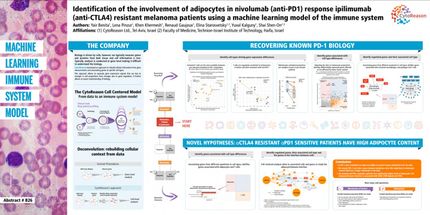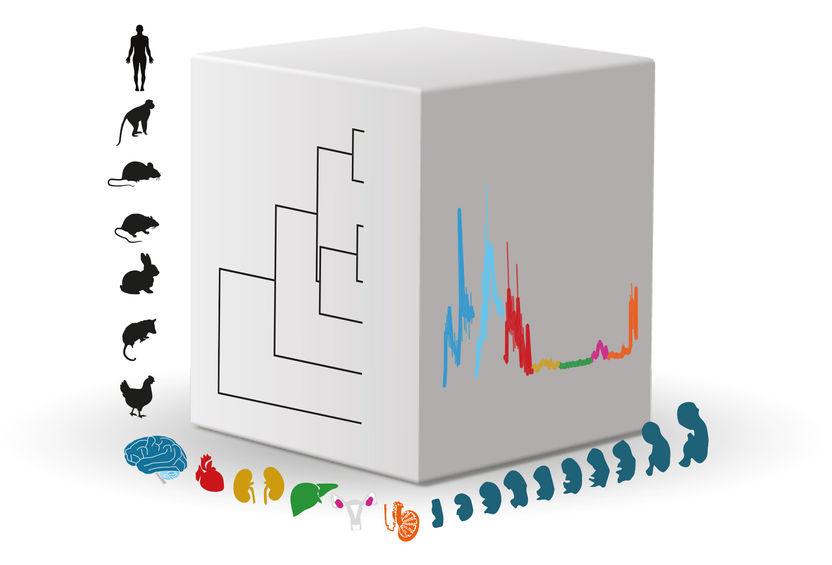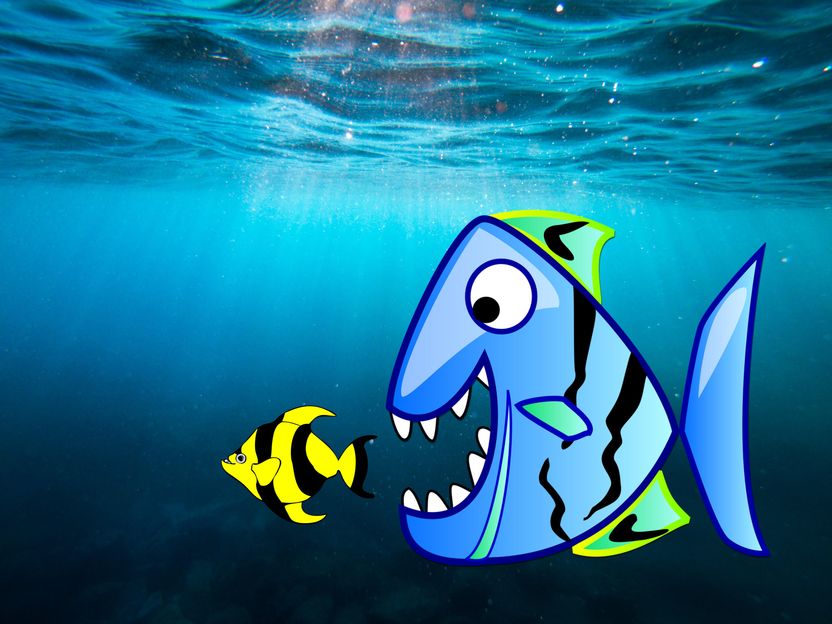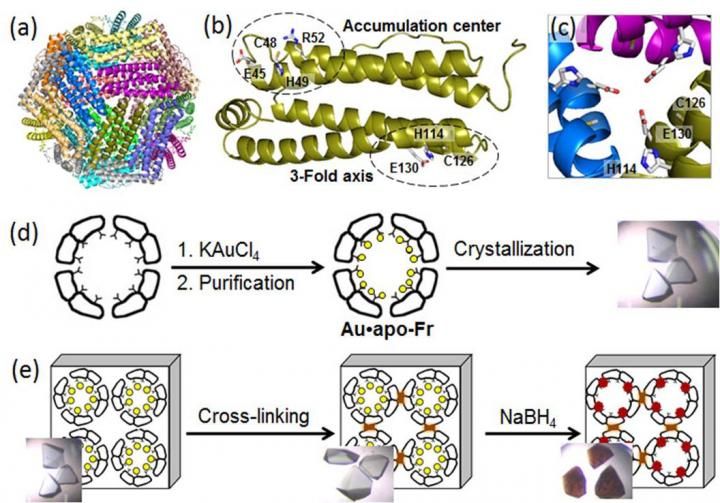When does it make sense to develop a new therapeutic agent?
Criteria that research must meet so that a substance that shows promise in the laboratory can actually be developed into a clinically effective drug
Scientists from the Berlin Institute of Health (BIH) and Charité – Universitätsmedizin Berlin, along with colleagues from the Fraunhofer Institute for Molecular Biology and Applied Ecology (IME-TMP) in Frankfurt am Main and PAASP GmbH in Heidelberg, have compiled a catalogue of recommendations that set out the criteria that research must meet so that a substance that shows promise in the laboratory can actually be developed into a clinically effective drug. They have now published their recommendations for translation in the journal Nature Reviews drug discovery.

Symbolic image
phoenixwil, pixabay.com
Pharma companies regularly complain that they would like to work with academic scientists but that they are often presented findings that cannot be reproduced. In other words, the expectations are high, but the quality is not always as it should be. “One of the causes is that over the course a project, steps are overlooked, non-validated reagents or cell cultures are used, or even the target molecules that should be blocked have not been sufficiently characterized,” says Ulrich Dirnagl, founding director of the BIH QUEST Center and head of the Department of Experimental Neurology at Charité.
Evidence that the development will pay off
The Federal Ministry of Education and Research (BMBF) therefore decided in 2017 to issue a call for proposals to develop innovative therapeutic agents and in the process improve knowledge of target validation. The target is a molecule at which a new therapeutic agent is directed. “When researchers believe they have discovered an interesting molecule, they need to flesh out the supporting evidence to such an extent as would make further development worthwhile,” says Dirnagl. Following the first call for proposals (a second call was issued in 2019), a total of eleven promising proposals were selected: This included projects from across Germany, with most of them coming from the academic research domain, though there was a small company among those chosen. The focus was on new antibiotics, but also drugs to treat cancer, cardiovascular diseases as well as neurological and metabolic diseases. And a twelfth project was also supported: the GOT-IT evaluation project led by Ulrich Dirnagl. GOT-IT stands for “Guidelines on Target Assessment for Innovative Therapeutics.”
Lorena Martinez Gamboa, a member of Dirnagl’s research group at the BIH QUEST Center, was involved in the GOT-IT evaluation project: “We accompanied the eleven projects because we wanted to find out how a target validation has to work in order to be effective, in other words, to generate robust results and thus take the next step in the value chain. Our goal was to develop recommendations for a successful translation.”
“The GOT-IT team began by searching the literature for existing validation practices and recommendations,” reports the biologist. The team then conducted interviews with scientists, with employees of technology transfer offices and with representatives from industry. Finally, they talked to the eleven project managers who reported on their own experiences in the respective validation projects. Martinez Gamboa had to realize that it was not possible to derive concise general guidelines from the projects. “Every project was different. We have therefore decided to publish somewhat more comprehensive recommendations for various aspects of target validation in order to guide scientists through such projects,” explains Martinez Gamboa.
Flexible and structured questions on research quality
The recommendations consist of five sections, each containing several questions focused on a part of the target validation process: Section 1 explores what links exist between the target and the disease to be treated: Is the target molecule really crucial for the disease progression? Section 2 deals with the question whether the target can be modified without it posing a danger for the patient. Section 3 covers the medical need: Do standard therapies already exist for the corresponding disease? Has the molecule been patented? Are there realistic chances that it will be approved? Section 4 examines the technical feasibility: Is it possible to produce the target molecule? Can its activity or concentration be measured? Are there appropriate devices? Last but not least, Section 5 concerns the safety of antibiotics and the side effects of antibacterial agents.
“The recommendations are not only flexible and can be applied to practically any project, but they are also structured and cover in detail many important aspects,” explains Dirnagl. The scientists would have preferred shorter handouts, but they did not have to complete all the sections at once. Depending on what stage the project is in, it may be sufficient to just answer the question about the links between the target and the disease or the question about the medical need. “We believe that the recommendations will allow scientists to gain a better overview of the priorities in the respective phases of validation, enabling them to use the available resources more efficiently.”
Not just for researchers
The recommendations are not only directed at researchers. By applying the GOT-IT criteria, research funding agencies can better gauge how promising the preliminary work is, journal editors can judge whether the experiments are sufficiently predictive, and translation agencies can assess whether patenting is worthwhile. “And of course, pharma companies now have a tool that helps them determine whether collaborating with an academic partner really holds the promise of a new drug,” says Dirnagl, closing the circle that lasted exactly three years from the BMBF’s first call for proposals to publication in Nature Reviews Drug Discovery.


























































